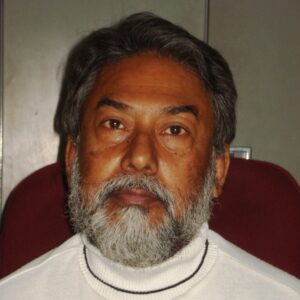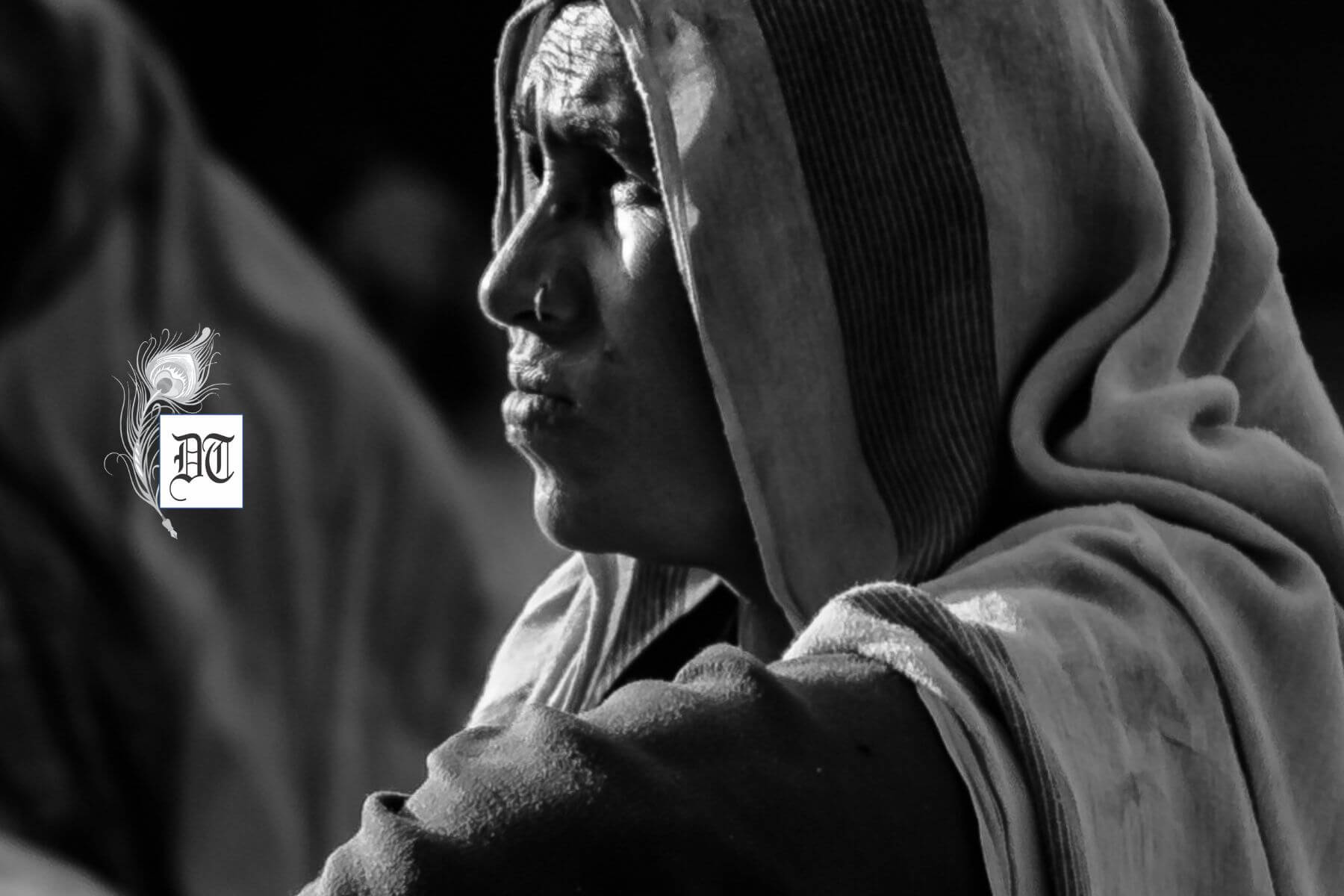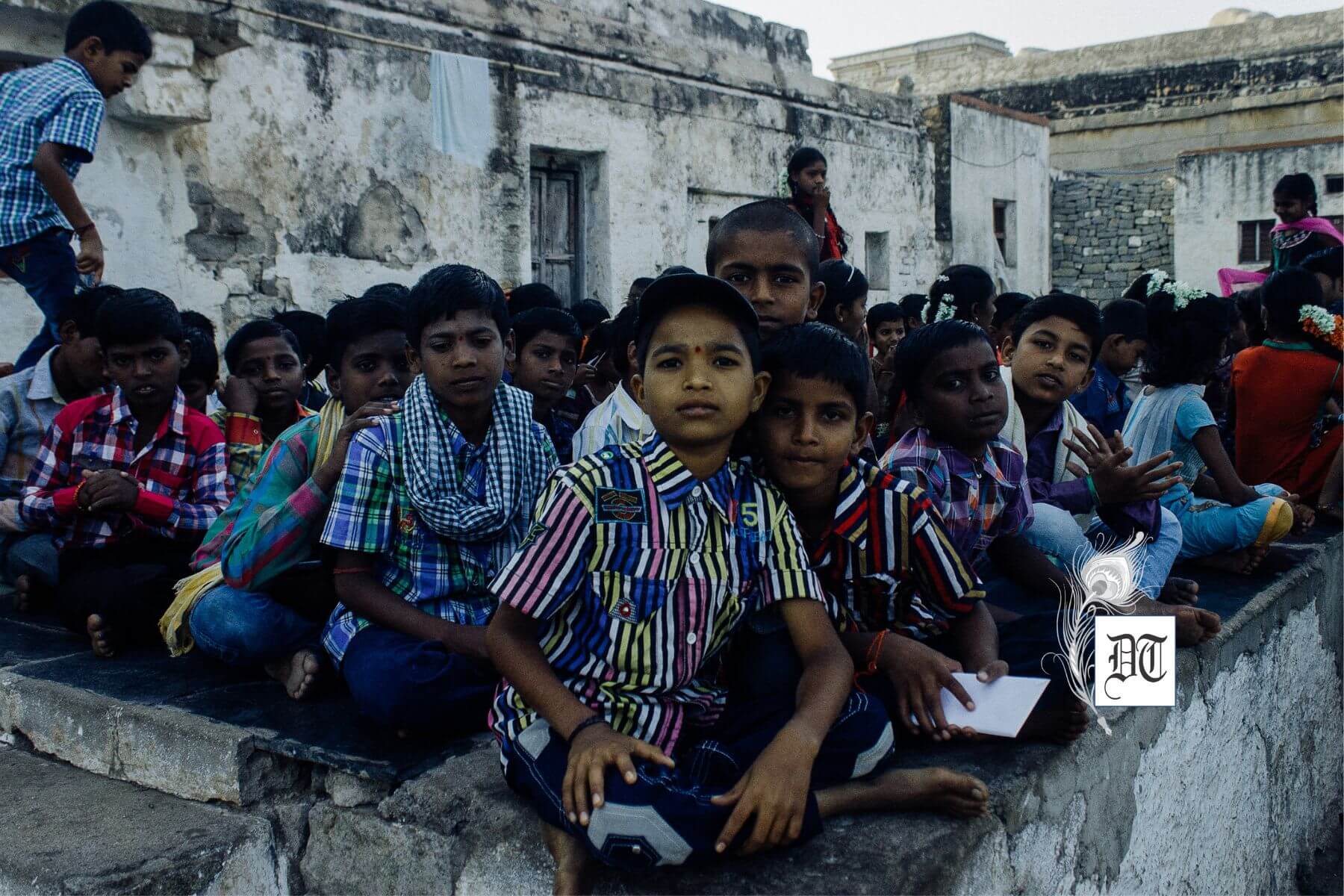Prof Bhaskar opines that neoclassical economics assumes “more is preferred to less,” yet this “non-satiety” clashes with diverse consumption realities, particularly in India’s heterogeneous society—an exclusive for Different Truths.

The basic assumption in Neoclassical economic theory is the ‘non-satiety’ of the consumer at the micro level when it opens a discourse on consumer behaviour, and whatever follows is based on that assumption. The assumption says more is preferred to less. Precisely, more of good. ‘Good’ has a dual meaning: one is good as opposed to bad, and the other is economic goods and services. I took the second one for reasons I understood. It is the private consumption of private utilities—excludable by consumption.
Some of the questions emerge here: who is the individual who is never satisfied or who has unlimited wants (read, demand for goods and services)? Where is this non-satiety revealed? In unlimited time over generations, non-satiety may have relevance for an unlimited number of individuals, as consumers may reveal over time non-satiety. However, the neoclassical theory of consumer behaviour is based on a single representative individual as a consumer at a static time point.
A Social Economy
For a city-state, a city-economy, or an economy much ahead of a social economy, the assumption is well understood. For a country like India that is far distanced from the individualistic approach in economic behaviour, it is difficult to accept the assumption of ‘non-satiety’. In many situations and cases of most households in India, consumption, among others, is a household or collective decision. One may examine it by households seen in isolation, for example, where the adult female member of the household takes residue-cooked food. Summation of heterogeneous behaviour obviously will fail to yield a macro result.
In my primary surveys in difficult regions of the state of Uttarakhand less than a decade ago, I found the response of the households who relied more on subsistence farming, including livestock that collected salt from the specific stone of the hills and disliked being a part of the market. Their output was tiny, and so was their want-converted demand. This demand was not reflected in the articulated market because the physical market (bazar) was also remote. Fuel used to cook was collected from forests, called non-timber forest produce in mainstream literature. Some households, of course, got gas cylinders that were reserved for the monsoon period when the collected forest produce would have a chance to be wet.
The Snake Charmers
In some regions of Uttar Pradesh, I found more repetitive uses of the same piece of goods to meet multiple needs of the households. These were the income-poor households—the snake charmers—in the village not far from the city of Prayagraj/Allahabad. Non-satiety was a non-question for them—it was local living and food-based simple living.
In some regions of Odisha, like in the districts of Kalahandi and Kandhamal, I found sharing of home-grown vegetables among neighbours that is not to be misinterpreted as barter. No question of non-satiety here. Any possibility of summing up these households over space? Or any possibility of summing up the regions? The answer to each is probably ‘no’.
Labour Market
Adivasis constitute around 8.0 per cent of India’s population who are yet to be dragged into the market, despite the MNREGA-type administered labour market. Dalits are understood better in terms of what they get in kind from the landlords, which by no means can be added up to show their satiety or non-satiety. The number of Dalits is not known so far.
For a diversion of this explanation, let me quote from Oriental (Indian) philosophy: ‘Rhrinag kritwa ghritang pivet’ (will borrow to drink ghee) for ‘Jabat jivet sukhang jivet’ (will live happily so long we live), which is a component of Hedonism. In parallel, ‘Nah Jatu Kamah Kamanam Upbhogen Shamyoti’ (one cannot fulfill a desire by more consumption). If taken seriously, all these mean ‘non-satiety’ as in Occidental (Neoclassical) philosophy. Both need serious questioning from the perspective of people living at the bottom in India, as elsewhere.
Analysing Consumer Behaviour
In the light of the variations in ‘need-want-consumption’, a single assumption for the individual remains inadequate, if not irrelevant, to analyse consumer behaviour unless it aims at convergence to homogeneity by money-based consumption by all the segments of society. Society being heterogeneous, economic homogeneity is a ‘heroic’ assumption.
Non-satiety has far-reaching economic implications, however. If the people with some money in their pockets can be converted into more rational economic agents, they will learn gradually to live less collectively. This will go for the formation of a nuclear family that will expand the demand for higher-order goods like televisions, fridges, air conditioners, cars for ‘nuclear use’ and all that. Even in basic needs, the nuclear family, the ‘double income no kid (DINK)’ couple, or the individual at the extreme will go for better quality consumer goods like bread-butter, ice cream, cheese, chocolate, and all that. Non-satiety creates its own space among the high-salaried middle section of society. The elite is an exception that always suffers from non-satiety.
If thus the truncated society is seen as it is, that is, in parts, non-satiety will be the assumption for the top tiny section of India’s society. How can such an assumption then be taken as universal unless the bottom majority is excluded? Thus, based on the principle of ‘excludability’ in private consumption, we may assume non-satiety that explains the economy of the top few in the macro economy—the part explains the whole.
Acknowledgement
This article draws from field data provided by my project team members and Ph.D. scholars, who worked with me in different regions of India.
Picture design by Anumita Roy






 By
By
 By
By
 By
By
 By
By